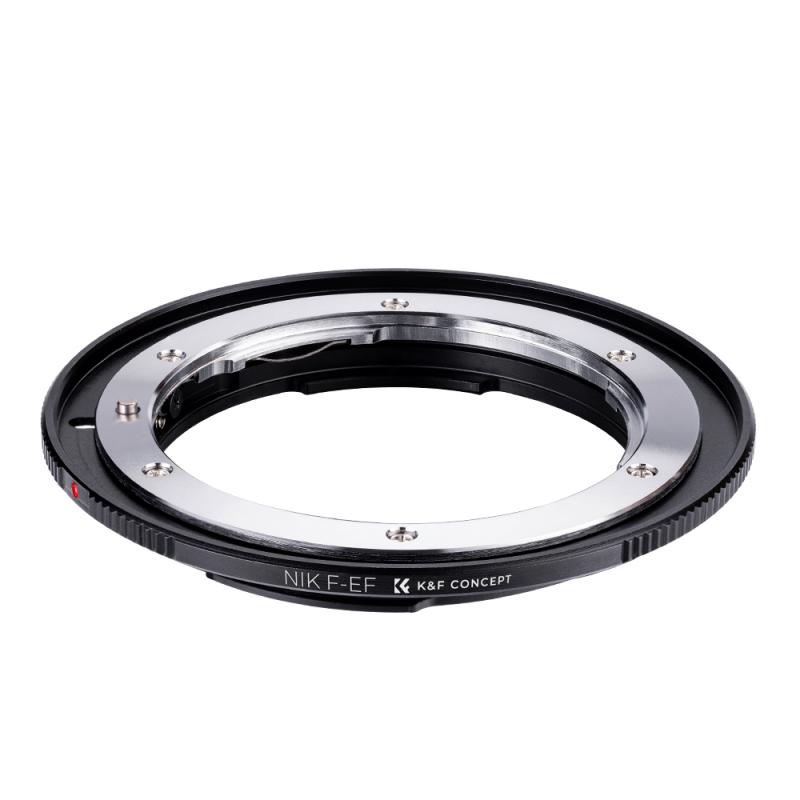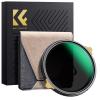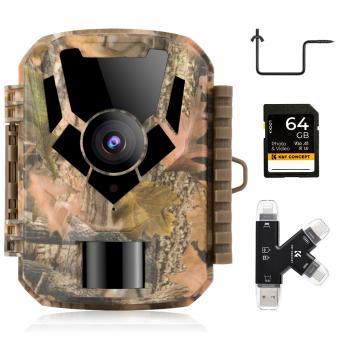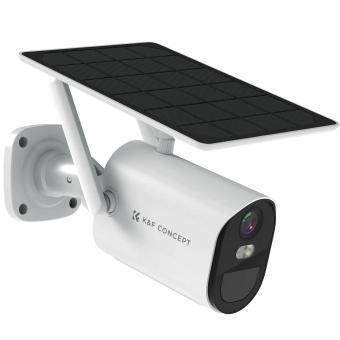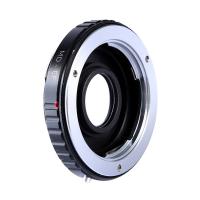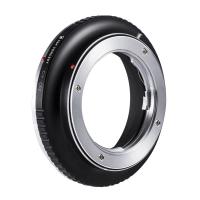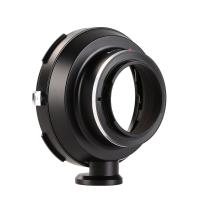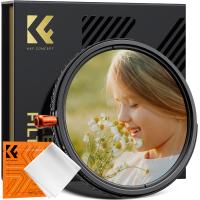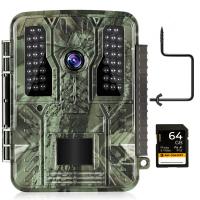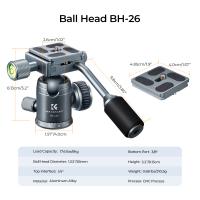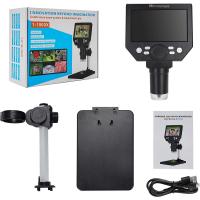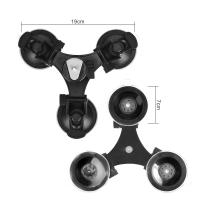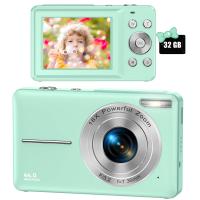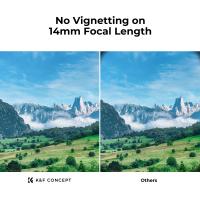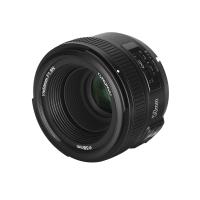Can Security Cameras Read License Plates At Night ?
Yes, security cameras equipped with infrared or low-light technology can read license plates at night. These cameras use infrared light to illuminate the scene and capture clear images even in low-light conditions. The infrared light reflects off the license plate, allowing the camera to capture the characters and read the license plate number.
1、 Low-light license plate recognition technology in security cameras.
Low-light license plate recognition technology in security cameras has significantly advanced in recent years, enabling them to read license plates at night. Traditional security cameras often struggle to capture clear images in low-light conditions, making it difficult to identify license plates accurately. However, with the development of specialized cameras and advanced image processing algorithms, this limitation has been overcome.
The latest low-light license plate recognition technology utilizes infrared illumination, which emits invisible infrared light to illuminate the scene. This allows the camera to capture clear images of license plates even in complete darkness. The infrared light reflects off the license plate, and the camera's sensor can detect and analyze the reflected light to read the characters on the plate.
Moreover, advancements in image processing algorithms have improved the accuracy of license plate recognition in low-light conditions. These algorithms can enhance the captured images, reduce noise, and optimize the contrast to ensure that the characters on the license plate are clearly visible and readable.
It is important to note that the effectiveness of low-light license plate recognition technology may vary depending on various factors such as the distance between the camera and the license plate, the angle of the camera, and the quality of the camera itself. However, with the latest advancements, security cameras equipped with low-light license plate recognition technology can provide reliable and accurate results even in challenging lighting conditions.
In conclusion, low-light license plate recognition technology in security cameras has made significant progress, allowing them to read license plates at night. With the use of infrared illumination and advanced image processing algorithms, these cameras can capture clear images and accurately identify license plates, enhancing the overall security and surveillance capabilities.
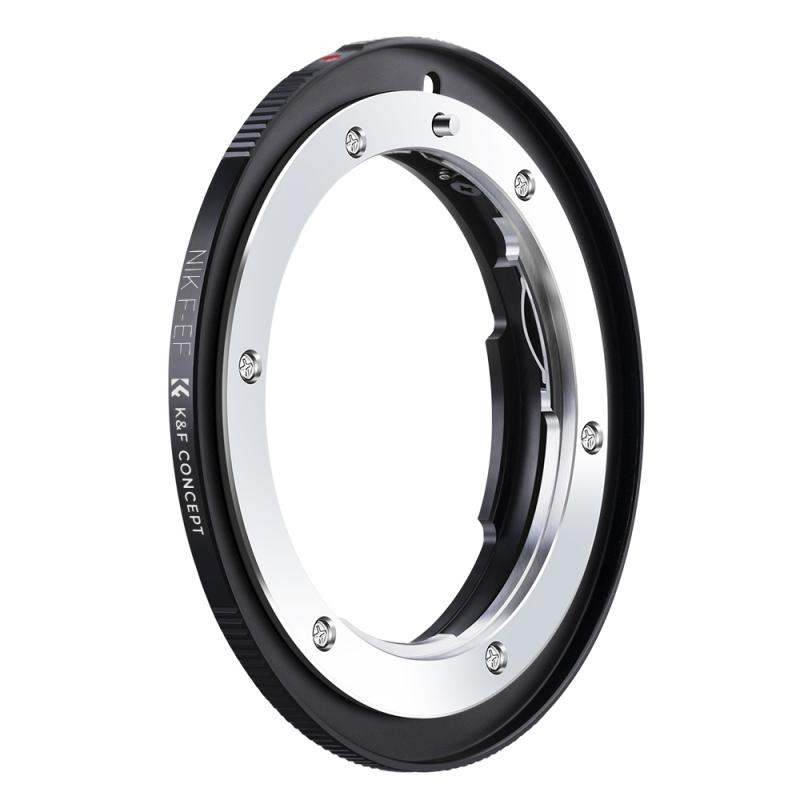
2、 Infrared illumination for nighttime license plate reading by cameras.
Yes, security cameras equipped with infrared illumination can read license plates at night. Infrared illumination is a technology that uses infrared light to illuminate the scene, making it possible for cameras to capture clear images in low-light or no-light conditions. This technology is commonly used in surveillance cameras to enhance their performance during nighttime surveillance.
Infrared illumination works by emitting infrared light that is invisible to the human eye but can be detected by the camera's image sensor. When the infrared light reflects off the license plate, the camera's sensor captures the image, allowing the characters on the plate to be read and identified.
The use of infrared illumination for nighttime license plate reading has significantly improved the effectiveness of security cameras in capturing accurate and readable license plate information. It has become an essential feature in many surveillance systems, particularly in areas where monitoring vehicles is crucial for security purposes.
It is important to note that the effectiveness of license plate reading at night can vary depending on various factors such as the distance between the camera and the license plate, the quality of the camera and its sensor, and the clarity of the license plate itself. However, advancements in infrared illumination technology have greatly improved the accuracy and reliability of license plate reading in low-light conditions.
In conclusion, security cameras equipped with infrared illumination can indeed read license plates at night. This technology has proven to be a valuable tool in surveillance systems, enabling accurate identification and monitoring of vehicles even in the absence of natural light.
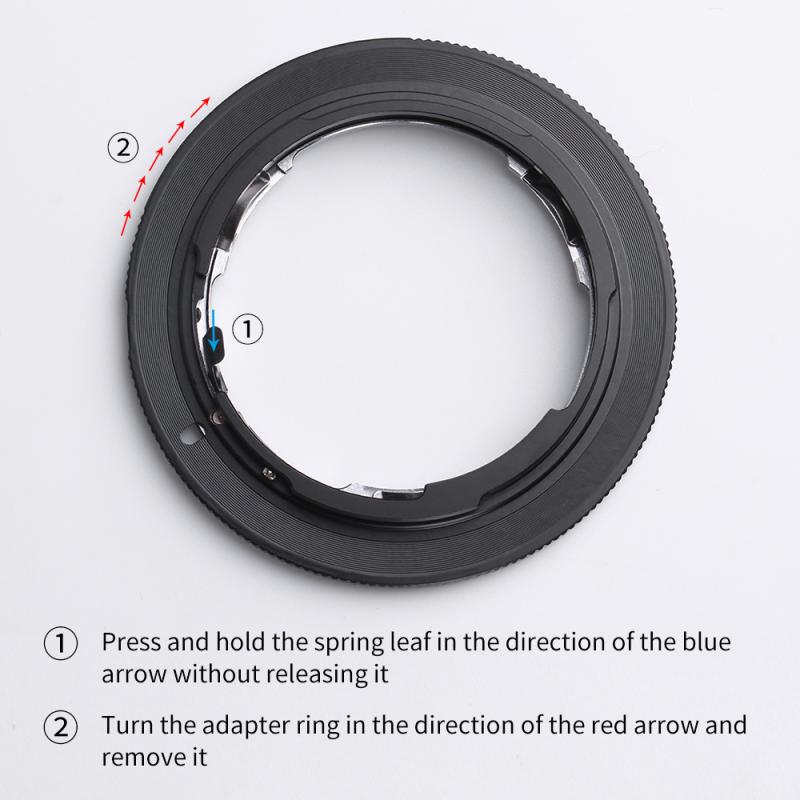
3、 Advanced image processing algorithms for nocturnal license plate detection.
Yes, security cameras can read license plates at night with the help of advanced image processing algorithms for nocturnal license plate detection. These algorithms have been developed to enhance the capabilities of security cameras in low-light conditions and enable them to accurately capture and read license plates even in the dark.
One of the key advancements in this field is the use of infrared (IR) illumination. Many security cameras are equipped with IR LEDs that emit infrared light, which is invisible to the human eye but can be detected by the camera's image sensor. This IR illumination helps to illuminate the license plate and improve its visibility in low-light environments.
Additionally, advanced image processing algorithms have been designed specifically for nocturnal license plate detection. These algorithms utilize techniques such as image enhancement, noise reduction, and edge detection to improve the clarity and readability of license plates captured by security cameras at night. They can also compensate for factors like motion blur and camera shake, which are more common in low-light conditions.
Furthermore, recent advancements in artificial intelligence and machine learning have further improved the accuracy and efficiency of license plate detection at night. These technologies enable security cameras to learn and adapt to different lighting conditions, making them more effective in capturing and reading license plates in real-time.
In conclusion, with the advancements in image processing algorithms, the use of infrared illumination, and the integration of artificial intelligence, security cameras are now capable of reading license plates at night. These technologies continue to evolve, and the latest point of view suggests that further improvements can be expected in the future.

4、 Challenges and solutions for reading license plates in dark conditions.
Challenges and solutions for reading license plates in dark conditions have been a topic of interest in the field of surveillance and security. The ability of security cameras to read license plates at night has been a subject of debate, with varying opinions and advancements in technology.
Traditionally, reading license plates in dark conditions has been challenging due to limited lighting and the lack of clarity in the captured images. The low light conditions can result in blurry or pixelated images, making it difficult for security cameras to accurately read license plates. Additionally, the reflective nature of license plates can cause glare or overexposure in the images, further hindering the reading process.
However, advancements in camera technology and image processing algorithms have improved the ability of security cameras to read license plates at night. Infrared (IR) illuminators are now commonly used to provide additional lighting in dark conditions. These illuminators emit infrared light, which is invisible to the human eye but can be detected by the camera sensor. This allows for better visibility and clarity in the captured images, enabling security cameras to read license plates more effectively.
Furthermore, the latest developments in artificial intelligence (AI) and machine learning have contributed to the improvement of license plate recognition systems. These systems can now analyze and interpret the captured images, even in low light conditions, using advanced algorithms. AI-powered image enhancement techniques can reduce noise, enhance details, and improve the overall quality of the images, making it easier to read license plates accurately.
In conclusion, while reading license plates in dark conditions has historically posed challenges for security cameras, advancements in technology have significantly improved their ability to do so. The use of infrared illuminators and AI-powered image processing techniques has enhanced the clarity and visibility of captured images, enabling security cameras to read license plates more effectively at night.
